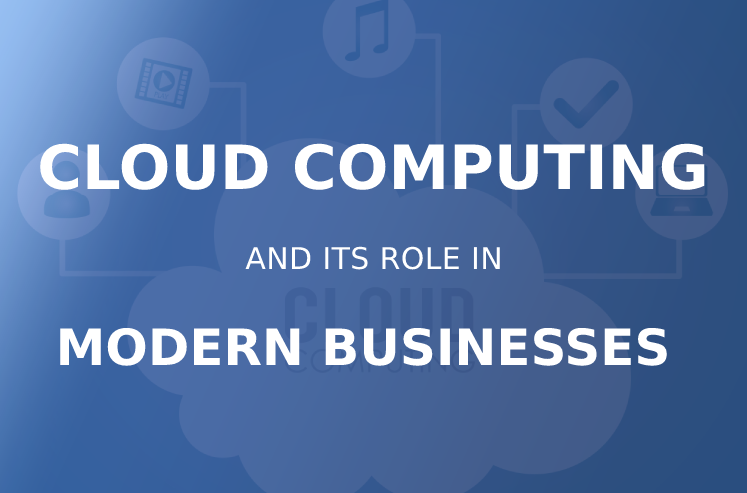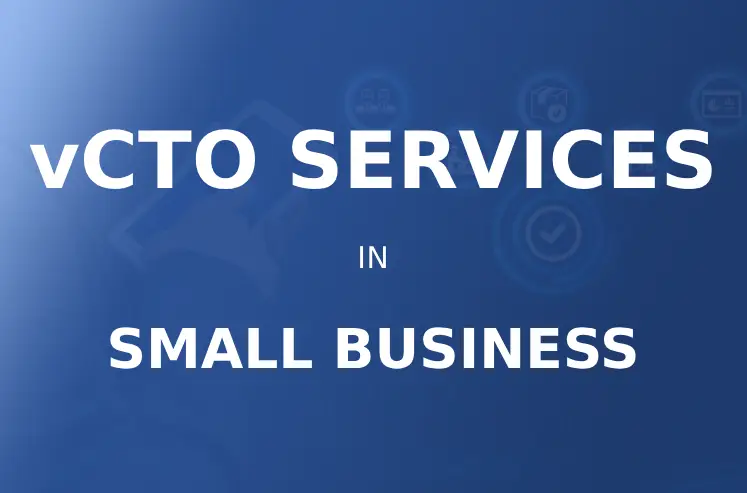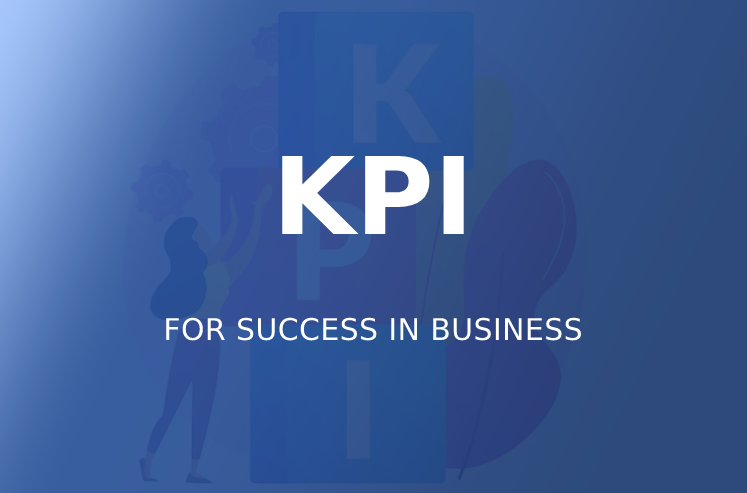Unveiling the Latest Trends, Challenges, and Benefits of Cloud Computing: What You Need to Know
It’s fascinating to see how our world has evolved from traditional infrastructures to one that relies more heavily on the cloud. Yes! We are talking about the ever-present “cloud.” While figures demonstrate financial benefits for businesses, cost-benefit assessments on cloud computing have never proven definitive. But, technology has altered the ways in which businesses exchange, store, and convey information. The way they manage computer resources has also been altered.
Modern businesses benefit from cost reductions, scalability, flexibility, efficiency, and security thanks to cloud computing. 70% of our businesses use the cloud to run their operations rather than internal systems. You may have seen that obtaining medical documents or booking a flight are no longer titanic tasks. All of that is attributable to cloud network services.
The Flexera 2022 State of the Cloud report states that 59 % of companies maximize current cloud usage (cost saving). 57 % of enterprises are moving additional tasks to the cloud. And 42 % of organizations switch to SaaS from on-premises software.
Users from all around the world have access to an open pool of resources, including computer networks, servers, data, and apps. It is made feasible by using either a privately owned cloud or a server from a third party. It enhances data accessibility and gets rid of inconsistencies in later updates. A limited bit of administration is also required.

Cloud services offer data security, flexibility, great data storage, and better staff synchronization. As a result, businesses are better able to plan their development and expansion.
Let’s start with a quick review of the broad attributes and core ideas of cloud computing before diving in-depth.
What is Cloud Computing?
Cloud computing is the delivery of computer services across a network. In order to lower the cost of IT infrastructure, large amounts of data are stored, managed, and processed through a network of shared and individual servers that are housed on the Internet rather than local servers or PCs.
Integration of the cloud offers a wide range of opportunities. As a result, there are three categories within the IT sector.
1. Software as a Service (SaaS)
One or more providers own, distribute, and remotely administer software. Software-as-a-Service, often known as SaaS, was formerly a popular way to access and pay for software. Instead of installing software on your servers, SaaS companies let you rent hosted applications. A subscription fee is often paid monthly or yearly.
2. Infrastructure as a Service (IaaS)
Clients get 24/7 access to computer resources that providers own and host, along with networking and storage capabilities.
3. Platform as a Service (PaaS)
A large collection of middleware (application infrastructure) services is known as PaaS. Management of corporate processes, integration, databases, and application platforms are some of these services.
Contrary to traditional on-premise computing, which is carried out utilizing a local server or computer, the entire process deviates from that model. Unfortunately, an increasing number of people are not employing these traditional methods.
“According to Foundry’s survey, cloud computing found that 84 % of enterprises now have at least one application or element of their computing infrastructure in the cloud by 2023. And that in the following 18 months, 10% more companies are anticipated to migrate to a complete cloud environment.”
Top Trends in Cloud Computing
The cloud is a crucial resource across several sectors as more firms rely on on-demand IT for anything from accounting software to comprehensive IaaS, PaaS, and SaaS solutions. Let’s take a look at five cloud computing trends that you may anticipate seeing in the near future.
1. The Growth of Serverless Computing
A cloud strategy known as “serverless computing” relieves the customer of infrastructure management and server deployment. Instead, they oversee the underlying infrastructure and allocate processing power in accordance with demand.
Serverless computing offers a firm a number of benefits, including:
- There is no defined cost associated with a given quantity of bandwidth or storage. You might choose the pay-as-you-go approach instead.
- The management of the servers is not the responsibility of the internal staff.
- Internal developers don’t have to set up complex server clusters, allowing the team to spend more time creating new ideas.
- The lack of internal staff assistance allows serverless solutions to expand independently, eliminating the danger of under or over-provisioning.
The popularity of serverless computing is rising quickly. In the future year, expect to see more companies embrace serverless solutions as it provides another opportunity to increase team agility and cut expenses.
“According to current predictions, between 2023 and 2026, demand for serverless technologies will increase by 22.6%.”
2. Much more applications of AI and ML
The cloud is the most affordable way to obtain the processing power and data bandwidth that all machine learning and AI systems require. The use of ML and AI together is complimentary.
- Cloud IT services are guided by AI in managing data while gaining trustworthy insights into user behavior, trends, preferences, etc.
- Security in cloud computing makes AI more accessible and affordable.
Two new AI technologies heavily rely on cloud computing to be created.
Creative Algorithms:
These software programs create everything from fake data to artistic creations using machine learning. Several AI systems may be trained using these techniques.
Language Modeling:
Accurately understanding human languages is a technology that is anticipated to alter how businesses interact with their clients.
In order to provide these services to clients and the required infrastructure for applications with high computational needs, cloud computing for business will be essential.
AI uses cloud network services for financial gain, and not just for large corporations. Small and low-tech businesses will increasingly use cloud computing service models as an entry point for cutting-edge AI solutions. Without the cloud, startups and companies with limited resources could not utilize sophisticated ML and AI functions.
Additionally, businesses of all sizes and types may now produce AI/ML solutions thanks to cloud computing service providers. Cloud migration optimization will unavoidably play a key role in that expansion since these AI/ML platforms require a lot of processing power and bandwidth.
“Consequently, experts predict that the AI market size will grow to USD 850.61 billion by 2028. “
3. Using the Edge
A novel data processing technique called edge computing doesn’t carry out operations within a data center. Instead, dedicated hardware is used at or near the network’s edge to process and store data.
Every edge server has unique processing, networking, and storage capabilities that enable it to carry out the following tasks:
- Network switching and routing
- Security
- Load balancing
Edge computing cannot serve as a substitute for the cloud. Instead, it is clear in 2023 that edge and cloud computing solutions complement one another best.
IT infrastructures may take use of the cloud while also providing the following benefits by combining cloud and edge technology:
- reduced consumption of bandwidth
- processing data extremely immediately
- minimal to no reaction latency
- lower data transfer rates
Edge computing will be essential in 2023 as more companies try to increase productivity by integrating edge devices with the cloud. You may anticipate growth in Secure Access Service Edge (SASE) as at least 40% of enterprises want to integrate SASE into their toolchains. A company may monitor and control access to cloud apps and services, on-premises infrastructure, and end-user devices with the use of this security architecture. Two of the main problems with edge computing are security and compliance, which SASE guidelines enforce to a high quality.
4. Blockchain & Kubernetes
A tamper-proof digital ledger that can record data without relying on a centralized authority is provided by Kubernetes technology. Although a game-changer, blockchain technology has scalability problems, notably with regard to huge data management and storage.
Kubernetes (K8s), an open-source tool for managing deployments and scaling programs, can enable a blockchain ecosystem to expand swiftly. K8s also provide high availability by running many containers for a single critical function.
In 2023, businesses will continue to test the limits of blockchain and K8s due to how effectively they integrate.
5. More Focus on Cloud Security
Compliance, privacy, and integration challenges continue to be the key roadblocks to cloud adoption. Cloud service companies are responding by enhancing their security measures.
We will see tremendous demand in the feature for:
Secure Access Service Edge (SASE): Users may control access across end-user devices, on-premise IT, and cloud apps using SASE.
Cloud-Based Disaster Recovery (DR): Data backup and the creation of a standby IT environment that can take over in the event of primary infrastructure failure can both be done by a company using cloud disaster recovery.
In 2023, increasing visibility across several cloud application platforms will likewise be a top focus. Moreover, corporate leaders want to address loopholes that might lead to regulatory violations or cyberattacks by achieving transparency across all IT infrastructures.
Cloud Computing Challenges

Many difficulties have been posed for several sectors of handling data and information by emerging cloud computing technology. Thus, if you choose to deploy cloud infrastructure services, you may face the following difficulties and dangers.
1. Privacy and Data Security
The two aspects of cloud computing models that raise the most worry are privacy and data security. It’s important and private to store user or corporate data on the cloud. Security and privacy issues may be resolved through encryption, security hardware, and software.
User trust in your apps decreases due to identity theft, data breaches, malware infections, and other security challenges in the cloud. This may result in a significant loss of income along with status and reputation. Small firms working with cloud computing must also transmit and receive enormous amounts of data fast and are susceptible to data leaks.
“A survey by Statista revealed that data loss or leakage was cited as the main challenge with cloud computing models by 64% of poll participants in 2021. Similarly, 62% of respondents cited data privacy as their second biggest concern”.
2. Cost Management
A business may significantly boost its processing capacity in the cloud without making big expenditures on new hardware. Alternatively, companies might employ the pay-as-you-go methods used by public carriers to get more processing. The majority of all-cloud service providers give a “pay-as-you-go” option. The overall cost of the materials consumed is decreased. Yet, because cloud computing services are scalable and available on-demand, specifying and estimating quantities and costs can occasionally be difficult.
3. Multi-Cloud Environments
Because they have more alternatives now, businesses rely on a variety of cloud providers rather than just one. The majority of these firms use hybrid cloud methods, and about 84% of them rely on several clouds. This usually causes problems for the infrastructure team and is difficult to control. Due to the differences between the numerous cloud infrastructure service providers, the procedure usually becomes exceedingly hard for the IT staff.
4. Performance Challenges
When thinking about cloud-based solutions, performance is an important consideration. Users may cease utilizing the cloud if it performs poorly, and businesses may suffer as a result. For instance, a minimal degree of delay during the app or website launch may result in a big drop in users. This delay may be the consequence of inadequate load balancing, which shows that the server is unable to appropriately divide incoming traffic for the best user experience. Another challenge is fault tolerance, which is the capacity of operations to continue even when one or more of the components fail.
5. Portability
Another issue with cloud computing apps is that they should be easy to migrate from one cloud provider to another. Lock-in of vendors must be prevented. Lock-in of vendors must be prevented. That is now not feasible since each cloud provider uses a different standard language for their systems.
Benefits of Cloud Computing
There are various advantages of cloud computing, and some of them are:
-
Cost Savings
Let’s say people are concerned about the expense of converting to cloud computing infrastructure. It’s not just you, either. Twenty percent of businesses are concerned about the upfront costs of implementing cloud-based solutions. Nevertheless, those striving to weigh the advantages and disadvantages of adopting the cloud must take ROI into account in addition to initial costs.
-
Security
Many businesses worry about security while putting in place a cloud-based solution. For all, if they are not kept in a safe location on site, how can you be sure that files, programs, and other data are protected? If you have remote access to your data, what prevents a cybercriminal from doing the same thing? Well, quite a bit, in fact.
Monitoring security appropriately is one of a cloud-based solution’s duties. This is far more efficient than the typical internal system. When a business is forced to allocate its resources among a number of IT concerns, security being only one of them.
-
Fast Response and High Speed
The rapid emergence of new cloud computing platforms has altered the agility and speed of software development. Without being limited by local hardware, developers may quickly test new ideas and design application architecture.
-
Scalability
The IT demands of various firms vary; a large company with more than 1000 workers won’t have the exact requirements of a start-up. Using the cloud computing platform is a great solution since it enables businesses to quickly and effectively scale up or down their IT teams.
-
Backup and Restore Data
The ability to save data on cloud-based solutions is not constrained by available storage space, which is advantageous for backup and restoration procedures. End-user data change over time and need to be monitored for compliance or regulatory needs. If a rollback or recovery is necessary, earlier software versions can be stored for a later stage.
Key Takeaways
Understanding why more individuals are utilizing cloud computing every year doesn’t take very long. Businesses are aware of the benefits, trends, and difficulties of using cloud computing, as well as how these factors affect their productivity, safety, and cooperation.
If consumers have any questions about how to effectively adopt the cloud for their organization or how to increase cloud performance and minimize expenses, an enterprise may avoid various problems that afflict firms that rely on on-premises technology by employing cloud platform solutions. Then it’s time to contact ITAdOn.






